In Albania, economic growth masks a growing divide: while official figures suggest moderate inequality, a vast majority of Albanians feel left behind. A new World Bank report warns – closing the perception gap is becoming critical.
While Albania’s economy continues to show stable growth on paper, a new World Bank report reveals a striking divergence between official statistics and the public mood. According to the Spring 2025 Regular Economic Report by the World Bank, Albania’s GINI coefficient—the global standard for measuring income inequality – stands at a moderate 36.0. However, 82.2% of Albanians perceive inequality as high and growing, a figure that starkly contrasts with the official data (World Bank, 2025).
“It’s not just about numbers,” warns the World Bank. “Public perception paints a far starker divide between the rich and the poor than statistical measurements suggest.”
A Regional Pattern of Mistrust
This perception gap is not unique to Albania. Across the Western Balkans, there is a notable mismatch between recorded economic metrics and public sentiment. For instance, in Kosovo, although the GINI coefficient is relatively low at 29.0, 54.8% of the population believes that inequality is rampant (World Bank, 2025).
Similarly:
- Montenegro: GINI 34.4, perception of high inequality at 49.6%.
- North Macedonia: GINI 33.6, but 82.9% of citizens feel inequality is rising.
- Serbia and Bosnia and Herzegovina: Follow similar trends, showing widespread public distrust in economic fairness.
The World Bank underscores this point: “Two-thirds of the region’s population believes that the gap between rich and poor has widened over the past four years” (World Bank, 2025).
Deep Structural Causes
The growing sense of inequality stems from more than just income gaps. As the World Bank explains, factors like job market insecurity, the prevalence of informal employment, and widening intergenerational divides contribute significantly to the public’s frustration. Young people, in particular, face tougher barriers to stable and well-paid work, exacerbating feelings of exclusion and resentment.
Even though overall poverty rates have declined across the Western Balkans—a significant achievement—the benefits of this growth are perceived to be distributed unequally. “Real economic developments reveal an unequal distribution of growth benefits,” the World Bank report states.
Albania: Progress on Paper, Frustration on the Ground
In Albania’s case, macroeconomic indicators such as steady GDP growth, reduced public debt, and fiscal discipline paint a picture of stability. Yet the daily reality for many Albanians tells a different story. Nearly half of the population still faces relative poverty or social exclusion, despite these improvements.
Notably, the recent rise in minimum wages in 2025, although a positive step, has not been enough to close the perception gap. Albania continues to have the lowest minimum wage in the region, a factor that fuels dissatisfaction even among those technically employed.
Beyond Economics: A Warning Signal
The World Bank concludes that while a GINI coefficient around 40 might not normally qualify as high inequality by international standards, the Western Balkans region—and Albania in particular—demonstrates that public perception matters deeply. People are not just seeing statistics; they are living the gap.
If Albanian leaders and their counterparts across the region fail to address both the visible and invisible inequalities, the consequences could extend far beyond economics, potentially shaking the foundations of trust in democratic institutions themselves.
Teaser: In Albania, economic growth masks a growing divide: while official figures suggest moderate inequality, a vast majority of Albanians feel left behind. A new World Bank report warns—closing the perception gap is becoming critical.
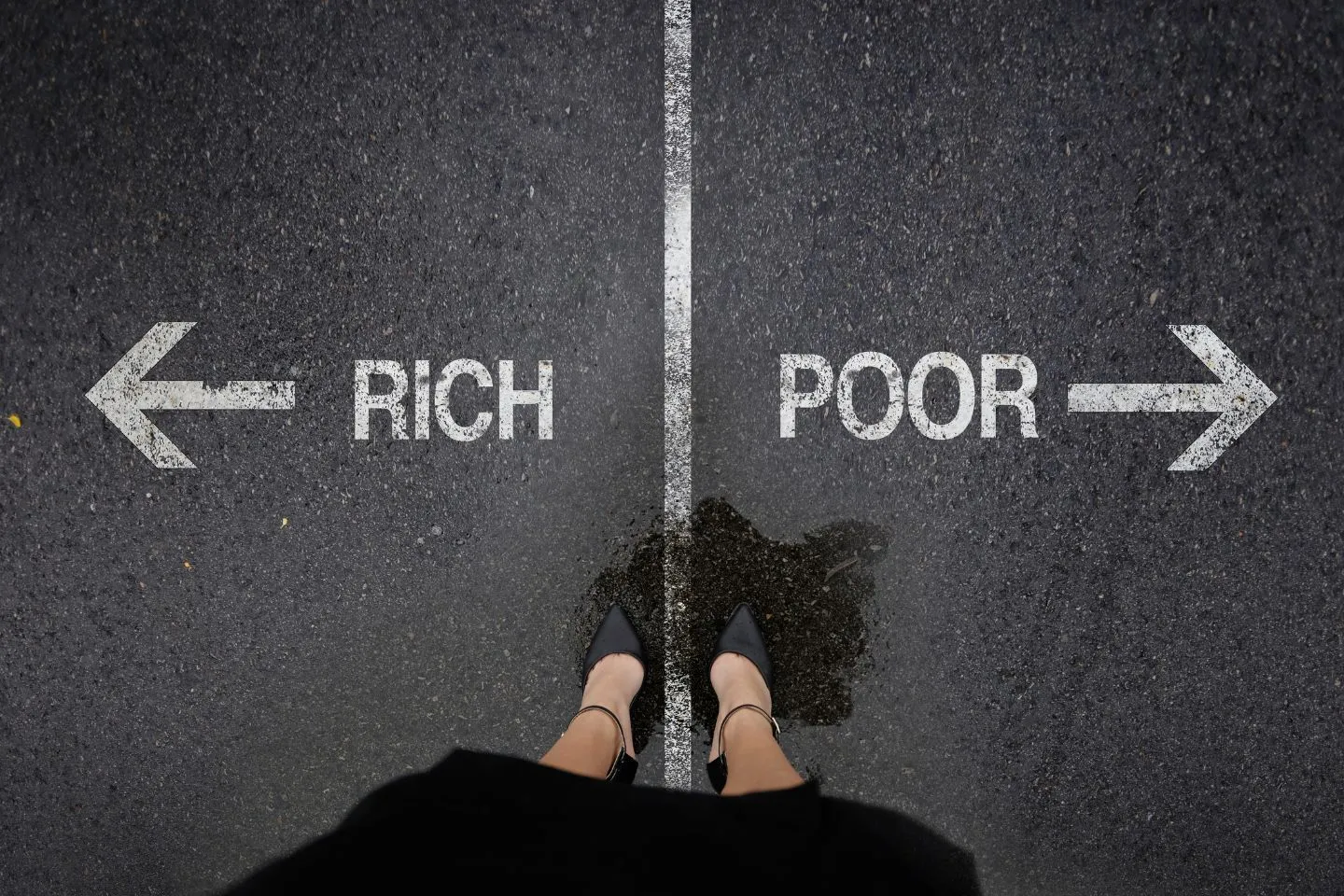









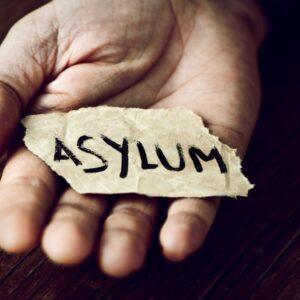
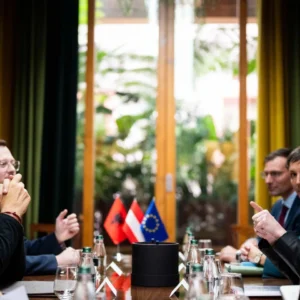
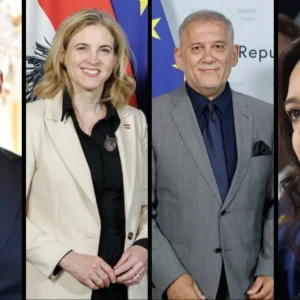

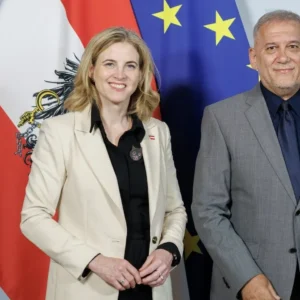
Recent Comments